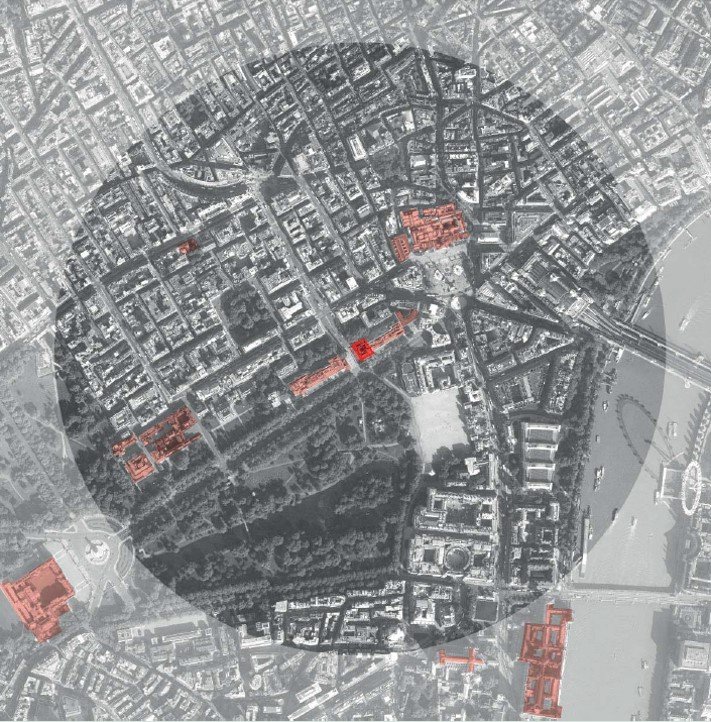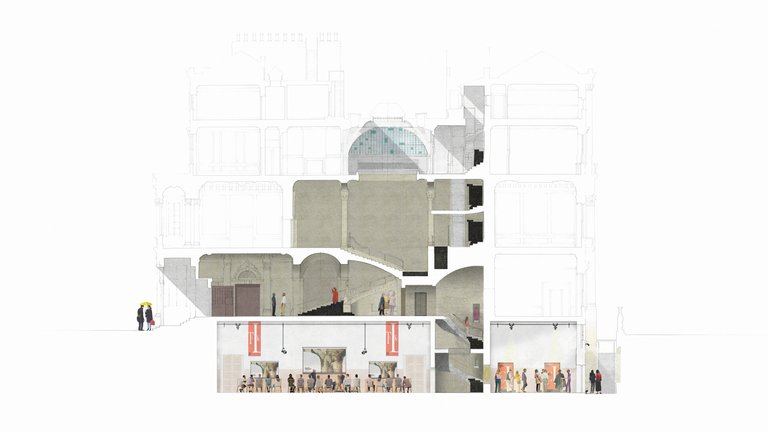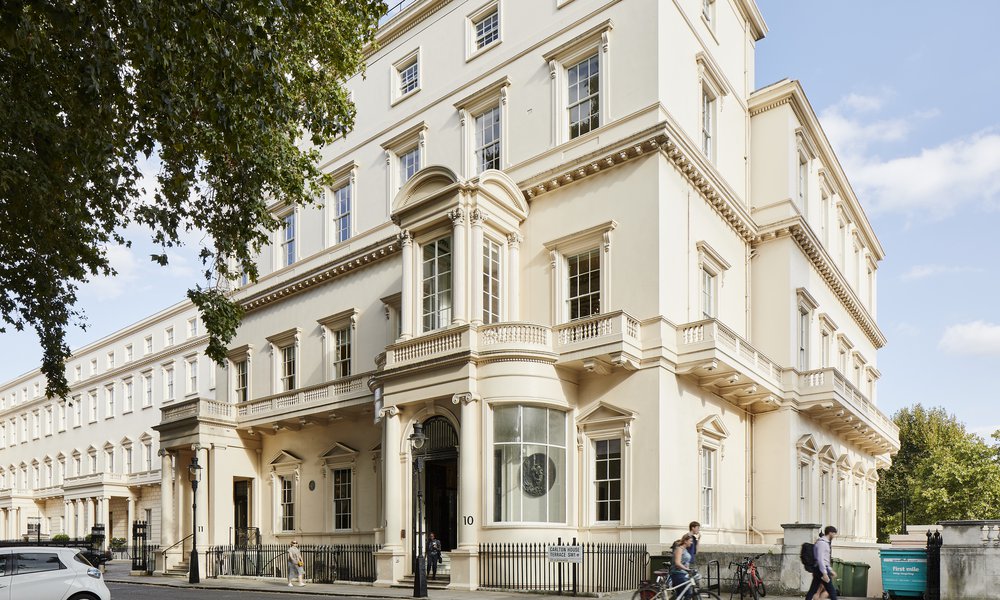Wright & Wright's Stephen Smith writes in September 2023
In conceiving of our design scheme for the future British Academy, sustainability was a primary focus. At Wright & Wright, we adopt a holistic definition of sustainability: we consider the environmental impacts of building, the energy efficiency of our architecture, and its long-term viability. Care for people, place, and planet is a core commitment of our practice.
As we all know, building and construction can be some of the most carbon-intensive activities. As such, whenever possible, we endeavour to use existing building fabric, adopting what is called a Retrofit approach. At the British Academy, we will creatively reinvent a listed, heritage site for the future through retrofit solutions which are respectful to the original architect John Nash’s intentions whilst serving the Academy’s future public audiences. By using the existing site and adapting the existing architecture, the transformation project is inherently sustainable.
Care for people, place, and planet is a core commitment of our practice.
Reflecting the principle of ‘fabric first’, this project makes optimal use of under-utilised spaces in the lower levels within the Grade 1-listed building. By unpacking and connecting these spaces, we have realised ambitious goals for the Academy using preexisting resources.
Furthermore, the building is designed to be maximally energy efficient. All new event spaces will be heated by air-source heat pumps, reducing reliance on traditional heating methods and minimising environmental impact. One notable highlight of the energy initiatives is the groundbreaking permission granted for the installation of double glazing in a Grade 1 listed building in London. This pioneering step demonstrates Westminster City Council and the British Academy’s commitments to pushing the boundaries of sustainability and setting an example for future projects. The introduction of double glazing on all new windows will enhance the building’s insulation, contributing to improved energy efficiency.
...groundbreaking permission granted for the installation of double glazing in a Grade 1 listed building in London.
Finally, even the multifunctional nature of the spaces within the British Academy serves to support the sustainability goals of the project and presents additional, interconnected benefits. By accommodating various functions, these spaces promote efficient use of resources and reduce the need for additional construction. The future British Academy’s new digitally-enabled programme spaces reduce the need for individuals to travel to conferences and events, promoting a more sustainable approach to knowledge sharing. For those who do visit Carlton House Terrace, the central London location facilitates easy access via several public transport links.
The future British Academy exemplifies a holistic approach to sustainability, one that includes considerations of location, digital technology, resource economics, retrofit and fabric-first design, and energy-efficient systems. These initiatives coalesce to deliver an environmentally responsible and adaptive transformation scheme for the British Academy. As a result, the architecture aligns with the organisation’s commitment to a greener and more environmentally conscious future.
Stephen Smith
Partner, Wright & Wright




